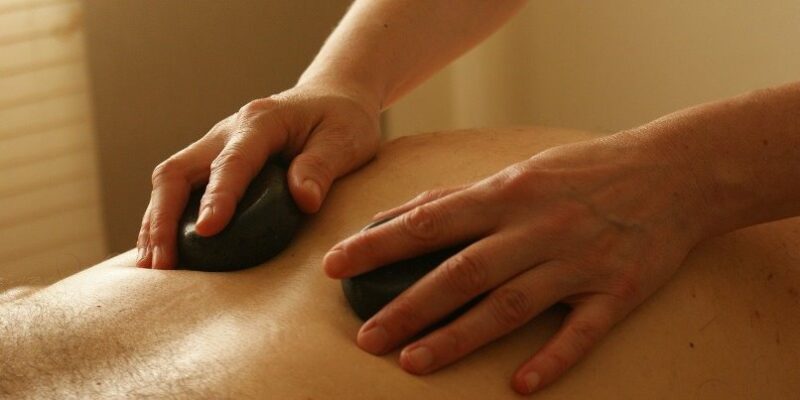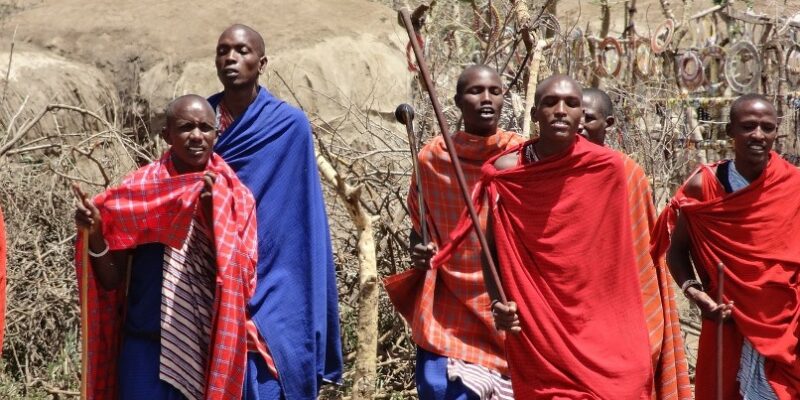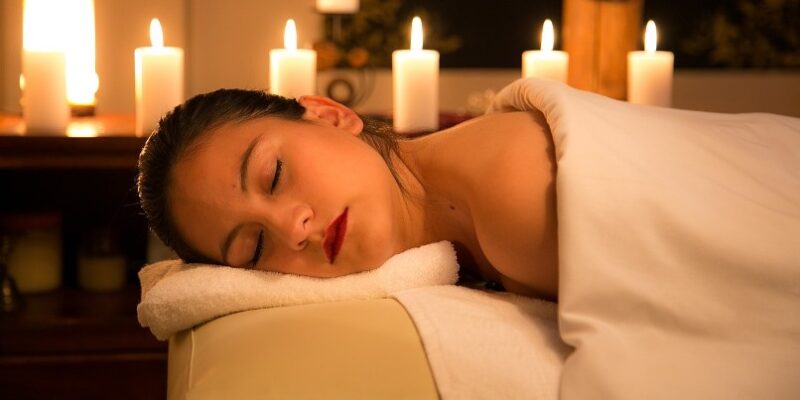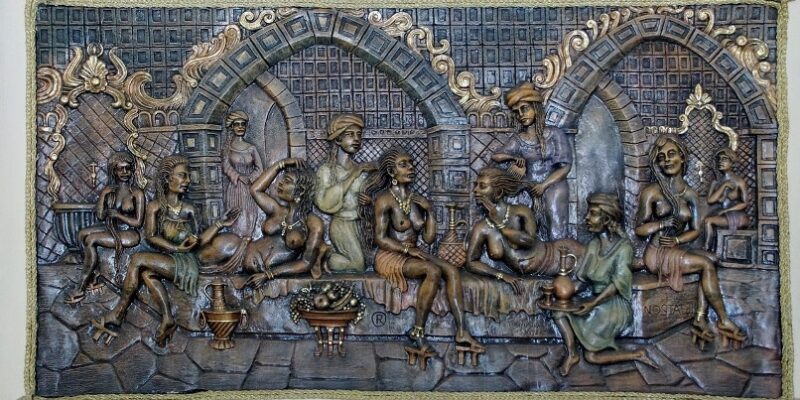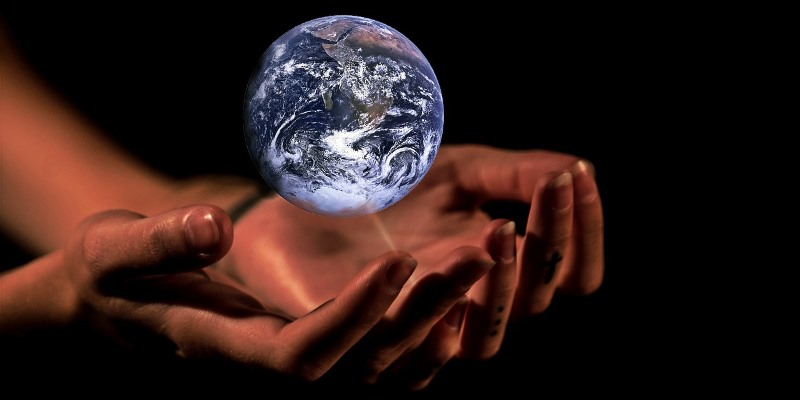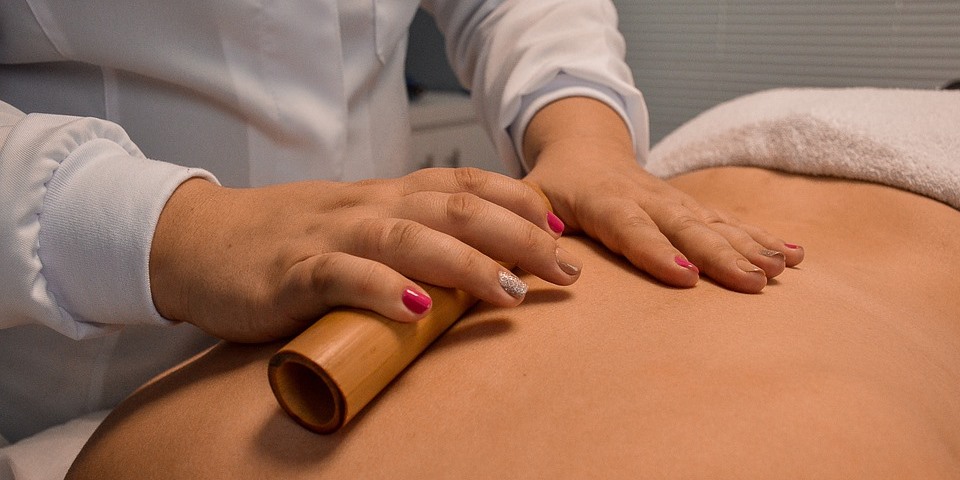
The use of bamboo has a long history in China, Japan, Thailand, Indonesia, and other Asian countries, but also in Africa and in the Pacific region.
For instance, in the far past, thin sheets of bamboo were used as paper by monks in Buddhist Temples, and in Asia young bamboo is still used as food. The list is long: from making tools, decorations and mats to building houses, from artifacts in creative, healing and spiritual expressions to massage.

Today, we see Bamboo Massage increasingly available on Spa menus, both in the East and in the West. Polished, hollow bamboo rods and sticks of different sizes and diameters are used — warm or cold — to roll or glide on muscles to soften, relax and stretch them.
Some therapists prefer to apply the rods by heating the bamboo believing that with heat the work will be more therapeutic because of being able to penetrate deeper into tissue and muscle layers. In fact, a bit the same idea that lies behind using hot herbal compresses.
Although bamboo rods can be used on every part of the body, they are specifically suitable for working on the legs (notably the thighs and calves), neck and shoulders, arms, and parts of the back.
Bamboo Massage can be used stand-alone to do a complete Full Body Massage, but it may be applied only as an extra tool and complementary method being part of a detoxification and/or weight loss program, or to attack persistent blockages, tensions, knots, tangles and muscle contractions, and the like.
Using bamboo also has benefits for the therapist, because using bamboo sticks reduces over-straining the arms, wrists, hands and fingers, while still allowing for deep penetrating work.








